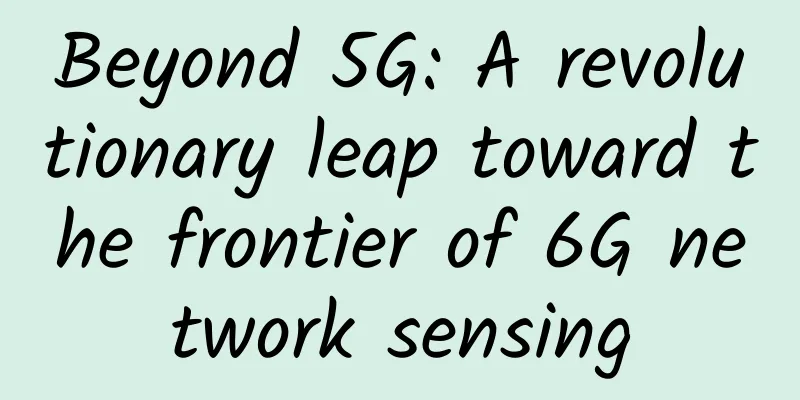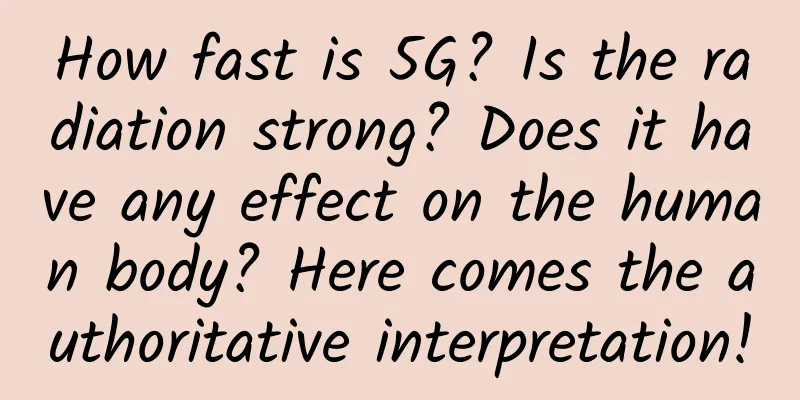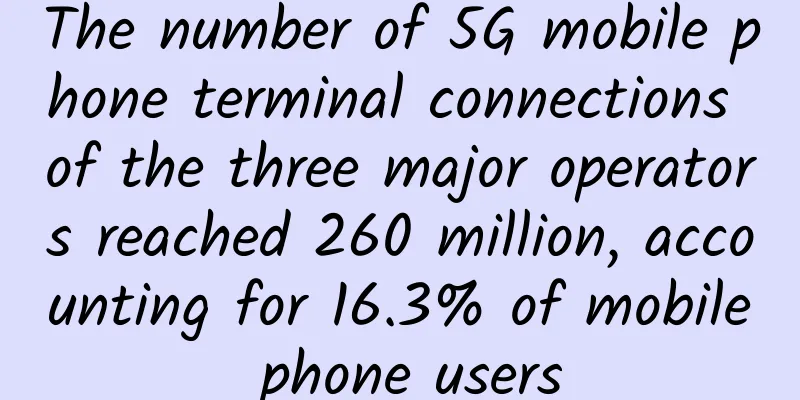Beyond 5G: A revolutionary leap toward the frontier of 6G network sensing

|
In the rapidly evolving world of telecommunications, the rollout of 5G has sparked a paradigm shift, propelling us into an era of faster, more reliable connectivity. However, as users are still absorbing the potential of 5G, it’s clear that the technology, while impressive, is not yet enough to meet the burgeoning demands of networked sensing. 6G technology is now beginning to take off, promising not just incremental improvements but a quantum leap. It holds the key to a future where our interactions with the digital realm will transcend current limitations, offering the tantalizing prospect of a sixth sense that could be perceived as eminently real. At the heart of this technological evolution is 6G’s ability to reshape our understanding of the physical world. Through innovative methods such as signal reflection from objects, 6G strives to expand our awareness beyond the limits of our surroundings. Machines equipped with this technology will have a remarkable ability to sense, interpret, and respond to their environment autonomously. Imagine a world where devices can not only sense things that physically exist, but can also discern nuances of motion, composition, and interaction in a way that reflects human intuition. 6G will redefine the boundaries of connectivity by unlocking new dimensions of networked sensing, delivering capabilities far beyond the scope of current technological wonders. From a practical perspective, the far-reaching impact of 6G network sensing capabilities is reflected in various fields. From positioning and imaging to environmental reconstruction, monitoring, and even gesture and activity recognition, this next-generation connectivity introduces a series of transformative use cases. These applications not only broaden the scope of the technology's practicality, but also bring new performance dimensions such as detection probability, sensing resolution, and accuracy. As we delve deeper into the intricacies of 6G's capabilities, it is clear that we are standing on the brink of a technological revolution, where the seamless integration of simultaneous imaging, mapping, and positioning will redefine how we perceive and interact with our surroundings. High-precision positioning and trackingIn the evolving technology space, 6G will provide machines with high-precision positioning and tracking capabilities, offering a whole new level of independence. This advancement enables robots to calculate their position relative to moving and stationary objects using scattered and reflected wireless signals. Information such as latency, Doppler, and angular spectrum enables robots to navigate to the centimeter level without the need for human-provided coordinates. Applications extend to automated docking and multi-robot collaboration, which is critical for collaborative tasks in various fields such as factories, warehouses, hospitals, and agriculture. Augmenting human senses6G’s ultra-high-resolution imaging brings the ability to make the invisible visible, enhancing the human senses in a safe, precise and low-power way. The technology can detect elements that are not perceptible to the naked eye and can be used in portable or wearable devices, and possibly even implantable devices. Electromagnetic wave penetration enables devices such as smartphones to detect hidden elements such as cables or leaks. The expanded RF range and diverse communication waveforms open up the possibility of sensing and imaging through materials with millimeter-level accuracy. Spectral pattern recognition based on electromagnetic or photonic properties enables unique applications, including calorie counting and environmental analysis. Gesture and activity recognition6G revolutionizes human-computer interaction by introducing device-free gesture and activity recognition through machine learning. Macro recognition focuses on body movements, enabling applications such as patient safety in smart hospitals without compromising privacy. In scenarios such as falls or rehabilitation training, networked monitoring provides a privacy-preserving alternative to traditional camera-based systems. Micro recognition involves gestures, finger movements, and facial expressions, paving the way for users to easily interact with devices through movements. The technology enables creative activities such as playing air piano or painting, and XR technology can transform these movements into real-time music and art. The development of sensing technology driven by 6G is expected to expand human senses to their current limits. From precise mapping to activity recognition, networked sensing reveals the invisible, allowing us to understand and predict previously unknown surroundings. The seamless integration of high-precision positioning, enhanced human senses, and gesture/activity recognition heralds a future in which machines will operate with unprecedented autonomy, transforming every industry and every aspect of our daily lives. |
<<: Ruijie Networks Tailors the Campus Network for Guizhou University of Finance and Economics
Recommend
VMware SD-WAN by VeloCloud Optimizes Edge Device Connectivity
VMware SD-WAN by VeloCloud prioritizes centralize...
AWS now integrates F5 distributed cloud bot defense to help enterprises effectively deal with complex robot attacks
F5 (NASDAQ: FFIV) today announced that F5 Distrib...
Everyone has seen the website 404 error. Do you know why it is 404?
Whenever a "404 error" appears when bro...
How can the chip industry survive in the era of the Internet of Things?
After the industrial revolution, the computer age...
BandwagonHost: $84/year Los Angeles CN2 GIA, Japan Softbank, Netherlands AS9929 line replenishment
Bandwagonhost previously launched a SPECIAL 20G K...
How to use logview to diagnose slow jobs in MaxCompute
Here we divide the problems of slow task running ...
RAKsmart: Japan/Korea servers start from $59/month, US servers start from $30/month, high-defense servers start from $79/month
Friends who need independent servers in Asia such...
The battle between 4G+ and all-network service triggered by mysterious letter
Recently, a local company of a certain operator s...
Understand 5G in one article: Will it subvert the sky-high living costs?
When we were still accustomed to browsing the web...
What is the Internet of Behavior (IoB)?
One of the fascinating things about technology is...
Lisahost: Los Angeles 9929 line VPS annual payment starts at 179 yuan, three-network AS4837 annual payment starts at 269 yuan, native IP, optional high defense
Lisahost is a foreign hosting service provider re...
Sharktech Spring Promotion, 10Gbps unlimited traffic high-defense server starting from $299/month, 2*E5-2678v3/128G/2TB NVMe/4 computer rooms including Los Angeles
Sharktech has launched a spring promotion, with d...
Digital transformation enters the "immersion period". Huawei helps government and enterprise industries embrace digitalization without blind spots.
[51CTO.com original article] Recently, the recurr...
my country's 5G terminal connections have exceeded 200 million, ranking first in the world
On January 18, Ning Jizhe, director of the Nation...
Endpoint Technology: A one-stop digital transformation platform for enterprises
[51CTO.com original article] Endpoint Technology ...









